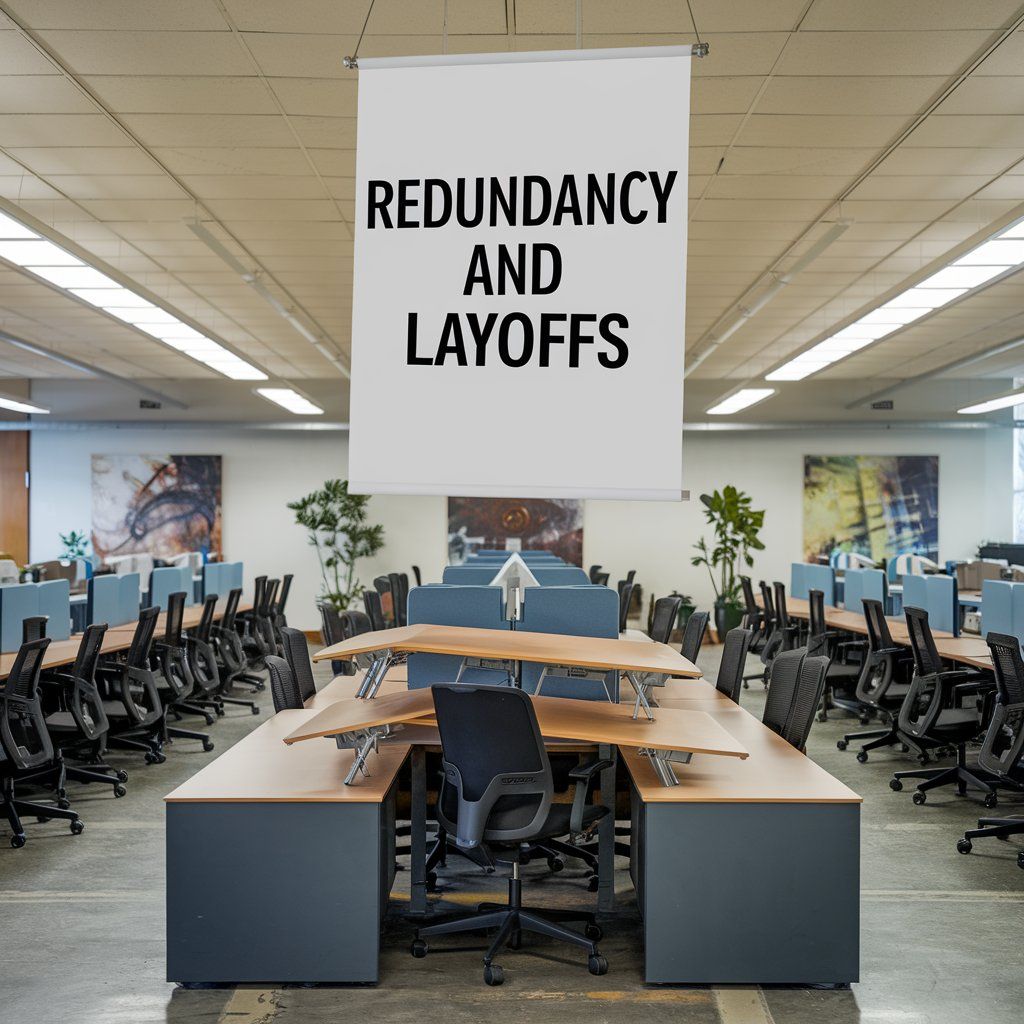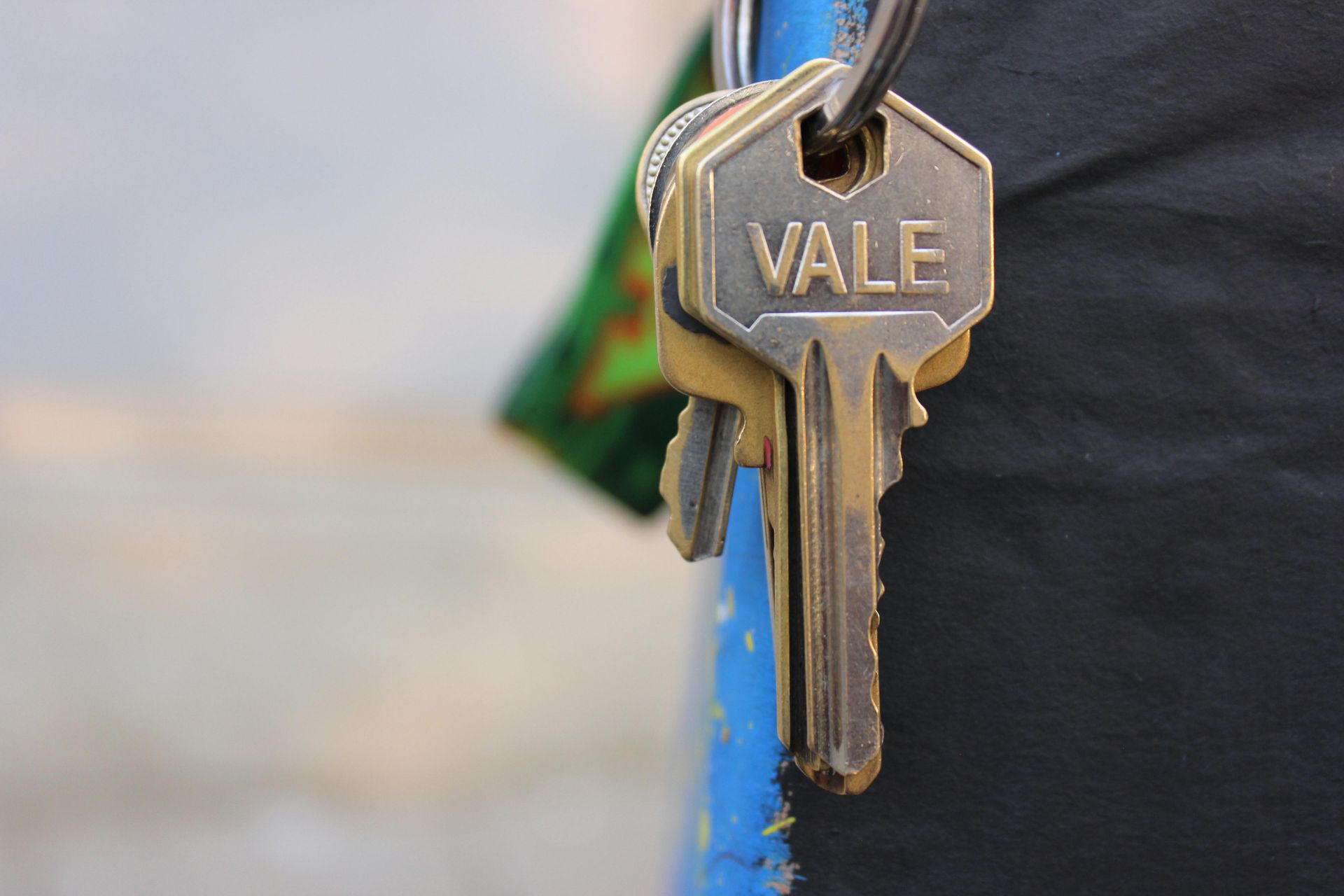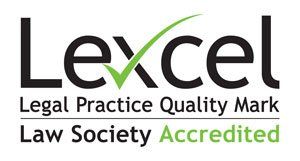Guide to boundary disputes
With people spending more time at home than ever before, DIY projects are in full swing as people seek ways to keep themselves occupied. Whether you are repairing a fence, painting walls or cutting back trees, unfortunately when it comes property boundaries, neighbourly niggles can occur.
When buying a property your solicitor should make you aware of the property boundaries by providing an Official Copy of the Land Registry Plan, but often, making sure this is accurate and correct isn’t a high priority when planning on moving home.
What is a boundary dispute?
Traditional boundary dispute arises when individuals believe they have ownership or rights over the same piece of land. On occasions, there can be a trigger event such as erecting a new wall or fence which divides the properties. Sometimes it can be the simple action of restoring or replacing an old fence which has had its day.
Boundary disputes can also arise at the time of purchase or sale of a home, this is a crucial time for any property owner as their home and the space around it is open to more investigation and scrutiny. Boundary issues are therefore not an uncommon feature during the conveyancing process.
If you propose to make any changes which might impact on the boundary, it is extremely important to obtain the neighbouring landowner’s input. Communication is key at this early stage to avoid later disputes.
How can I find out the exact boundary of my property?
In order to properly establish a boundary, you should first gather as much information as possible about your property and the properties bordering it. Consult your title deeds and obtain information from the Land Registry. This should give you some idea of where your property begins and ends. In many cases, the boundaries of property are only vaguely defined, so existing documentation may not give you exact information. On occasions a surveyor may be instructed to provide advice.
What to do if we are in agreement with our neighbours over a boundary?
The best way to deal with this boundary disputes is to reach an agreement with your neighbours on where the boundary should be. If you have found an acceptable compromise with your neighbours, it is strongly advised to have an agreement put in place stating what has been agreed, this will help avoid any disputes occurring in future. You should then employ a surveyor to draw up a plan specifying the agreed boundary and submit it to the Land Registry, ensuring that the boundary is clearly established in the records.
We cannot come to an agreement with our neighbours, what now?
Of course, in some cases, coming to a mutual agreement with your neighbours is easier said than done and you may need to instruct solicitors to provide you with expert legal advice if you find yourself in a position where your attempts to resolve matters by other means have not been successful.
You may also need to instruct solicitors if there is some confusion as to what yours and/or your neighbour’s rights are in relation to the boundary if your interpretations of the Land Registry title documents or the property deeds do not provide clarity or are not agreed by each party.
How can Pinkney Grunwells help?
Our friendly and approachable Civil Litigation team will clearly explain your legal issues and will work with you to identify the key factors in your dispute, establish whether you have a case and help you resolve it in the most cost effective way.
We will do all we can to resolve matters outside Court but are here to fight your corner should proceedings be necessary.




